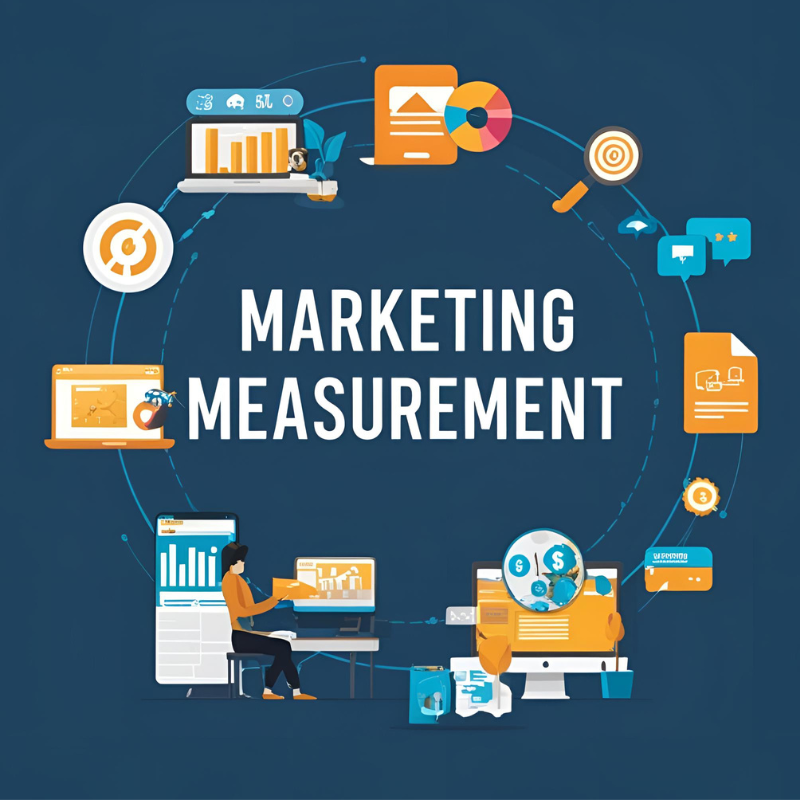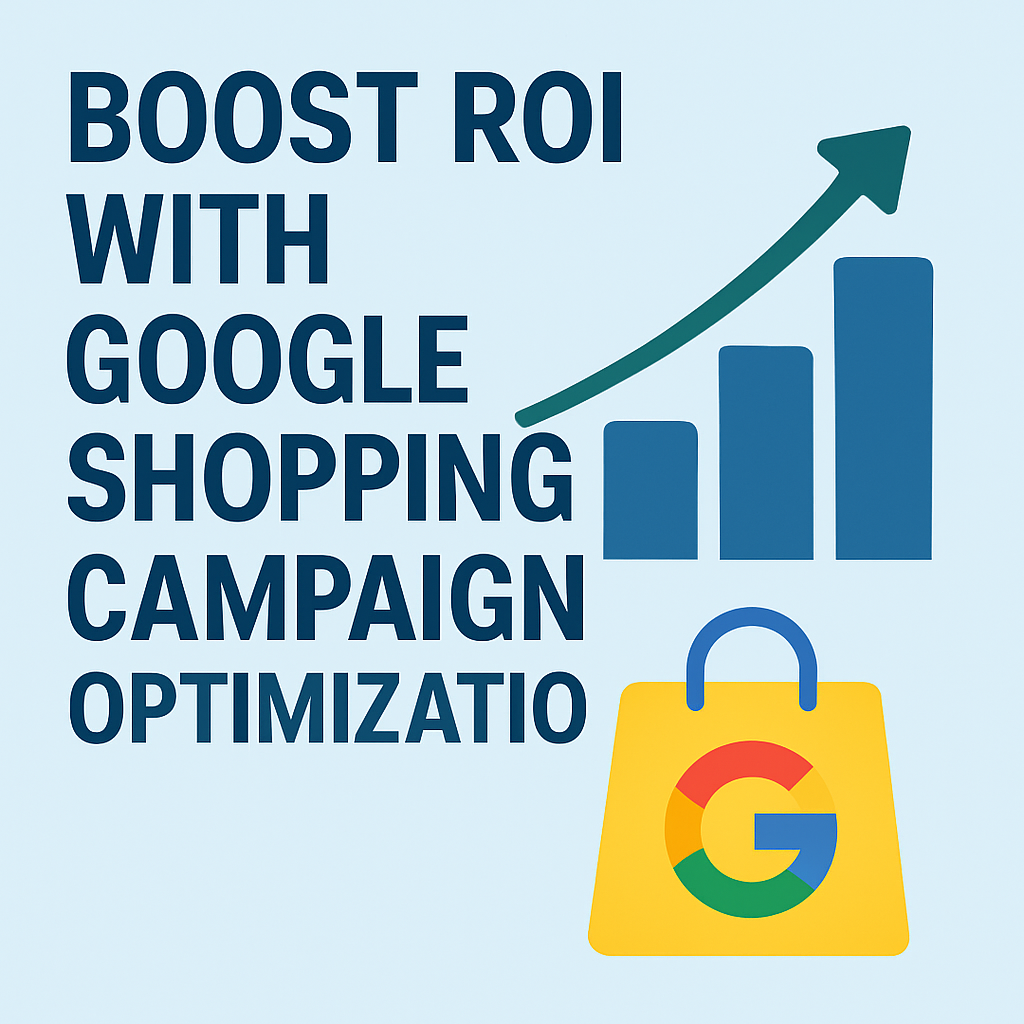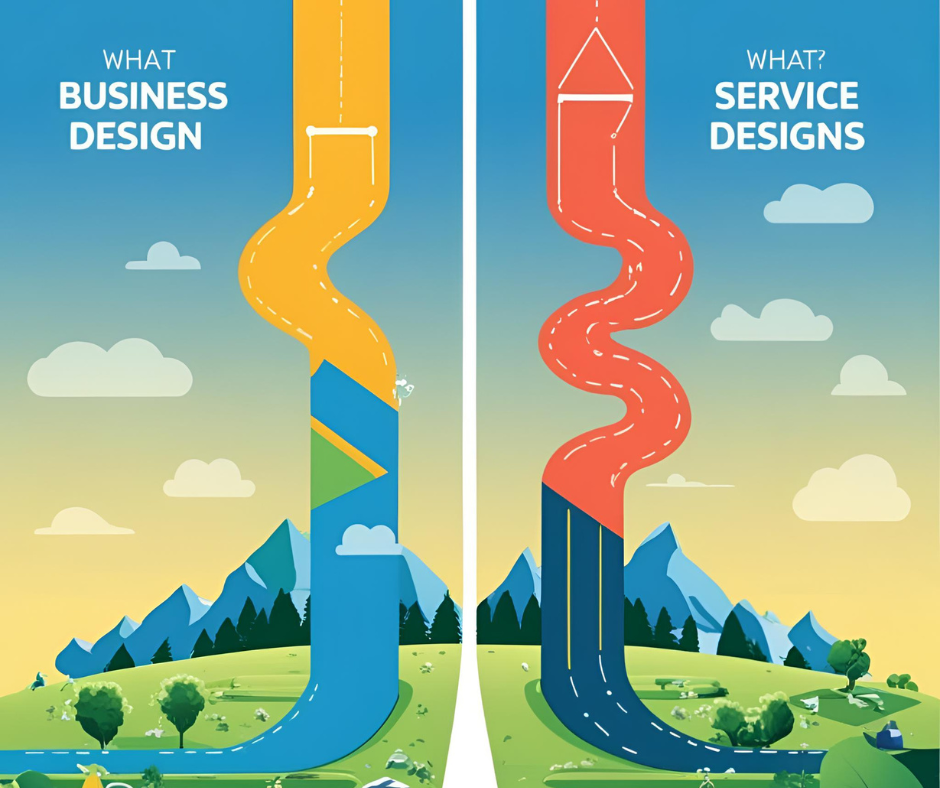How to Planning for Marketing ROI

In many companies, there’s an unspoken belief that marketing is just support—a creative function that exists to make things look nice, throw events, or post on social media. As a result, marketing teams are often excluded from high-level business conversations and decisions. But the problem isn’t creativity—it’s credibility.
I’m Steven Sondang, a Digital Marketer and Business Strategy Specialist with 15 years of experience, and I’ve seen this disconnect play out countless times. But I’ve also seen how marketing measurement can flip the narrative. When marketers learn to speak the language of the boardroom—revenue, profit, ROI—they stop being viewed as a cost center and start becoming indispensable business drivers.
Let’s walk through the mindset shift that earns marketing the respect it deserves.
Why Marketing Measurement Matters More Than Ever
The most respected functions in a company—finance, sales, operations—are the ones that deal directly with growth and numbers. If marketing wants a seat at the revenue table, it must do the same.
Executives don’t care about open rates or retweets. They care about:
- How much revenue marketing drives
- The ROI of marketing spend
- Forecasts that help guide strategy
That means metrics like awareness, downloads, or traffic are only useful if they tie directly to pipeline and revenue.
76% of B2B marketers say measuring ROI earns greater respect across the company.
So, how do we go from overlooked to essential?
Shift the Conversation with Strategic Measurement
1. Know the Return of Every Marketing Investment
If you can’t identify which marketing activities drive revenue, you’re operating blind. This affects everything—from budget approvals to your internal influence.
Make every dollar accountable. Track spend, conversion, velocity, and return. When you know the numbers, you control the narrative.
2. Forecast Results, Not Just Costs
One of the best ways to shift perceptions is to start predicting outcomes. Stop reporting only what’s already happened—start projecting what will happen:
- Number of qualified leads expected
- Size of pipeline marketing will generate
- Contribution to revenue in the next quarter
Revenue projections position marketing as a strategic growth driver.
3. Present Budgets as Investments
When you talk about marketing as an expense, leaders start thinking about where to cut. But when you show:
- What each campaign costs
- What returns it generates
- How long it takes to pay back
…your budget becomes a case for investment, not cost.
Marketers who frame their strategies financially earn more trust—and more resources.
Rethinking Marketing’s Role in the Buyer Journey
In the past, buyers depended on sales reps to guide them. Today, they do their own research. They search. They scroll. They compare.
That means marketing now owns more of the revenue journey than ever before.
You’re engaging prospects before they ever speak to sales. You’re educating, nurturing, building trust. And all of that must be measurable. Why?
Because with greater influence comes greater accountability.
If marketing wants the recognition, it must also take responsibility for the results.
The 5 Stages of Marketing Accountability
Marketing maturity isn’t just about tactics—it’s about mindset. Here’s how teams evolve:
Stage 1: Denial
“Marketing can’t be measured. It’s an art.”
This stage distances marketing from business outcomes. It leads to isolation—and budget cuts.
Stage 2: Fear
“What if we measure and the numbers look bad?”
The fear of exposure keeps marketers from owning performance. But not measuring doesn’t hide poor results—it hides improvement opportunities.
Stage 3: Confusion
“I know we need metrics, but I’m not sure how to connect them to revenue.”
At this stage, teams might track vanity metrics—like clicks and views—but lack a framework for evaluating business impact.
Stage 4: Self-Promotion
“Look at all these reports!”
Here, marketing teams measure everything that’s easy, but fail to link it to sales or profit. The result is noise without clarity.
Stage 5: Responsibility
“Revenue starts with marketing.”
This is where credibility is earned. Budgets become strategic investments. Campaigns are tied to forecasts. And marketing becomes a true growth engine.
Becoming a Strategic Marketing Leader
So how do you lead this transformation? Here are five actionable principles:
1. Speak the Language of the CFO
Use terms like “CAC” (Customer Acquisition Cost), “CLTV” (Customer Lifetime Value), and “ROI” in every plan. Executive teams respect marketers who think in terms of margins and multipliers.
2. Build Cross-Functional Alignment
Collaborate with sales. Sync forecasts. Share data. When marketing and sales align around pipeline and revenue goals, results follow.
3. Invest in Measurement Tools
Whether it’s CRM attribution models or campaign dashboards, you need systems that show where marketing’s impact is being made.
4. Track Both Soft and Hard Metrics
Awareness, reach, and engagement matter—but they’re stepping stones. Tie them back to qualified leads, deal velocity, and conversion rates.
5. Reframe Marketing as a Revenue Engine
From messaging to metrics, align your function around growth. Marketing isn’t a department. It’s a driver.
Final Thoughts: Measurable Marketing Earns Respect
In my 15+ years working across growth-stage startups and enterprise brands, I’ve watched marketing teams go from afterthought to influence powerhouse—but only when they chose to be accountable.
If you want more budget, more respect, and a real say in the strategy, don’t ask for it—earn it through marketing measurement.
Because the truth is simple: If you can’t measure it, don’t claim it.
But once you can? Claim it. Lead it. Grow it.






